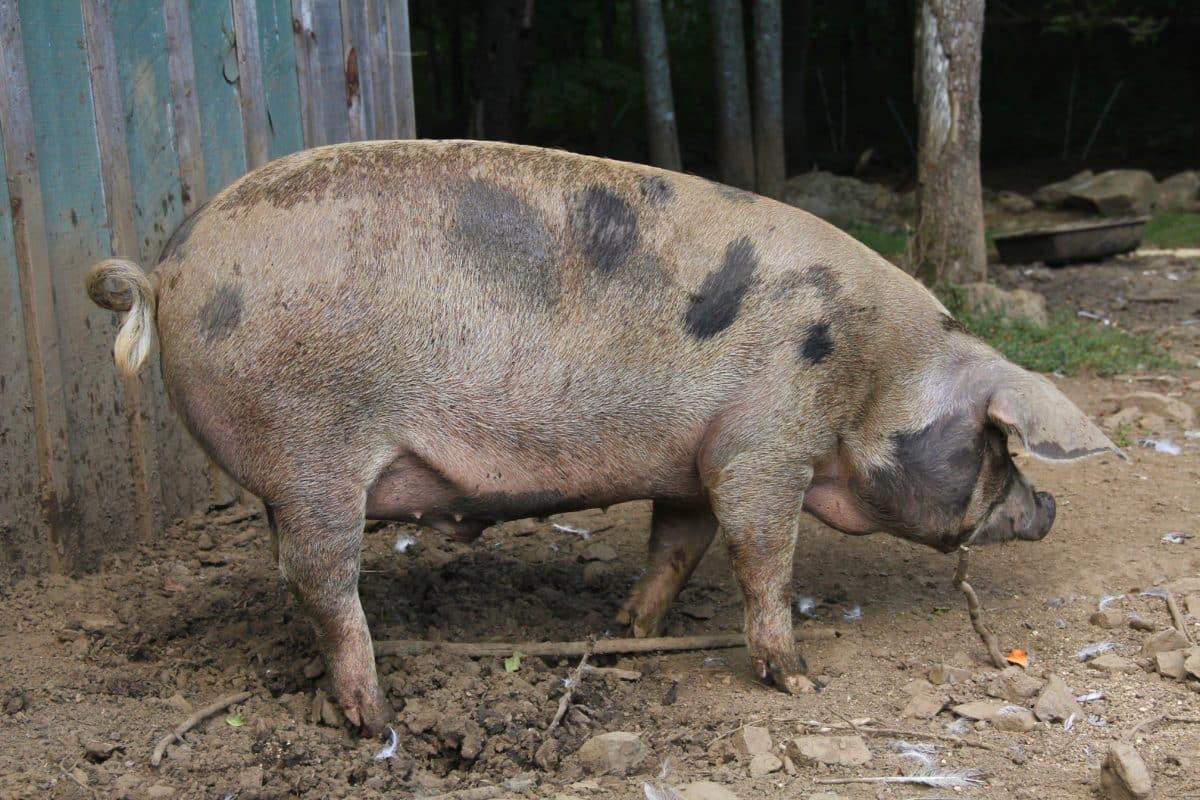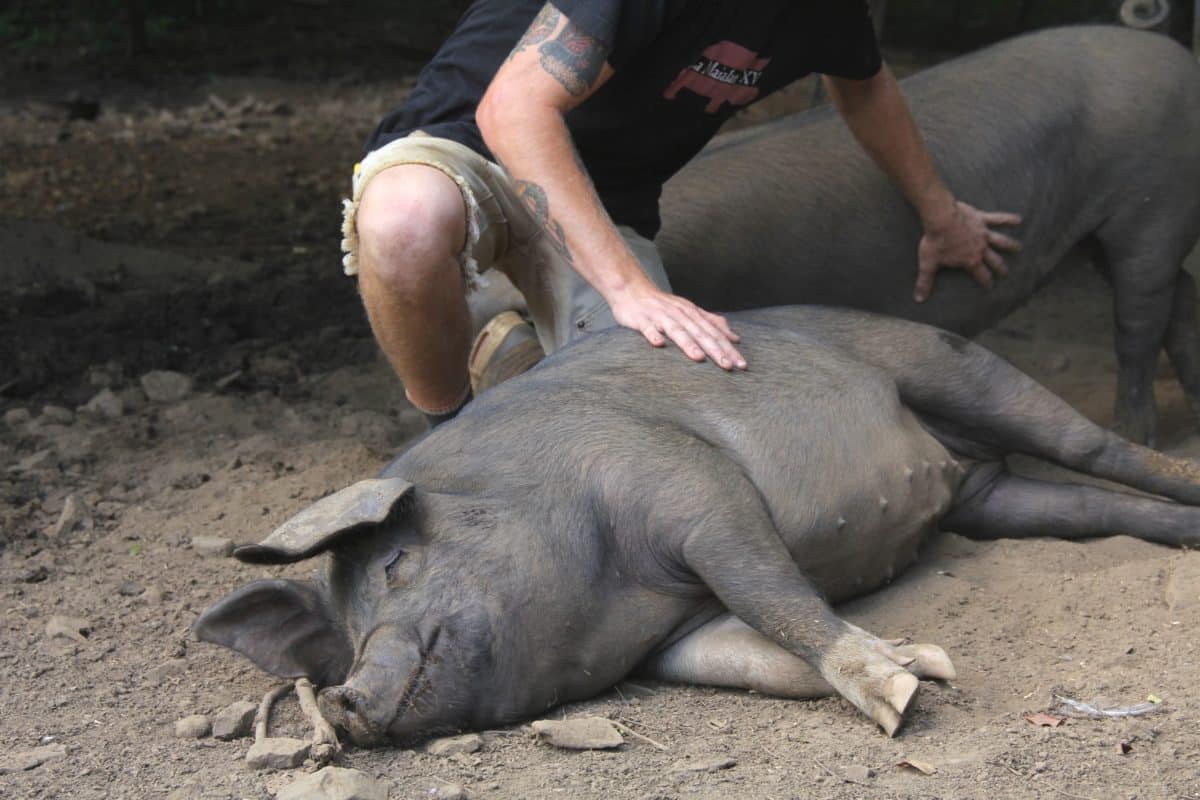with Chef Melissa Kelly
Primo restaurant, located in Rockland, Maine, officially kicks off its gardening season in late February. Even though the restaurant won’t be open until May, this is the time of year when seedlings are started, greenhouses are prepped, and the planning schedule is finalized for the season. The Primo garden produces well over 150 varieties of flowers and vegetables for the restaurant. Everything is organically grown and there’s a strong emphasis on soil fertility. We grow frost-hearty crops in the fall and winter to continue the season.
The planting schedule is broken down into three sections: microgreens, direct seeding, and transplanting. Direct seeding pertains to salad and cooking greens that will be seeded continuously throughout the season, and transplanting refers to spring, summer and fall crops that will start in the greenhouse and then be planted out in the garden. Prior to the start of the growing season, the planting schedule is given to Chef Melissa so she can approve crops and add any additional items. She is always looking for new varieties and brings seeds back from her travels.

Direct seeded greens are planted as soon as the soil can be worked. The first planting of greens takes place six weeks prior to opening in one of two greenhouses. Each greenhouse has seven thirty-foot beds, which is enough space for the twelve different types of greens. Some of the greens grown include arugula, tatsoi, salad kale, mizuna and mustard. After this first planting, these assorted greens will be direct seeded every two weeks in order to have a constant supply for the restaurant throughout the season.

Microgreens are grown intensively and are used on a daily basis by the kitchen. They are used as garnish as well as incorporated into a wide range of pasta, seafood and salad dishes. Starting in May, microgreens are seeded once a week, then from July until September are seeded every two days. This adds up to roughly 75 trays per week. Every seeding typically includes twelve different micros, but this can change depending on the needs of the kitchen. If some micros are being incorporated into more dishes we may seed more or less of a particular variety.

This season at Primo, micro varieties have included kale, beets, basil, pea shoots and tendrils, chervil, sun sprouts, cilantro, arugula, radish, and onion sprouts.
Vegetables that require transplanting make up a majority of the planting schedule. The transplanting schedule for spring is mainly composed of different bibb lettuces, scallions, cipollinis, kale, carrots and bok choi. However, as the season shifts to summer hot crops will dominate the transplanting schedule. Hot crops include tomatoes, summer squash, cucumbers, eggplant, basil and peppers. These types of vegetables will produce a tremendous amount for the kitchen, thus varieties are selected carefully. For instance, when choosing summer squash, it is important to have a wide variety of different squash that also produce lots of blossoms. Stuffed squash blossoms are a popular summer dish; this past season the kitchen used over 2,500 blossoms!
Since the garden produces such a wide range of vegetables, communication with the kitchen is crucial. At the end of each day a harvest list is put together for the kitchen. The harvest list contains every item that is currently available in the garden and the amount that is available for each item. Once service is over, the kitchen will circle whatever vegetables they need for the following day and they will be harvested first thing in the morning. Depending on the current menu and how busy the restaurant is, certain vegetables may be used more than others.
Since the garden produces such a wide range of vegetables, communication with the kitchen is crucial. At the end of each day a harvest list is put together for the kitchen. The harvest list contains every item that is currently available in the garden and the amount that is available for each item. Once service is over, the kitchen will circle whatever vegetables they need for the following day and they will be harvested first thing in the morning. Depending on the current menu and how busy the restaurant is, certain vegetables may be used more than others.


The beautiful thing about farm-to-table is that when we run out of something, there is something else ready to take its place – it’s a constant evolution. If there is a shortage of something, the kitchen must be notified so they can adjust the menu. Similarly, if there’s an excessive amount of some items, such as eggplant or radishes, the kitchen needs to know. This allows the kitchen to create a special dish using more of that particular item, or to preserve certain vegetables by pickling or drying.
Growing for the Primo kitchen requires a considerable amount of round-the-year planning as well as daily communication and collaboration between our farm team and Chef Melissa, sous chef Dustin Martin and the kitchen staff. Working this way allows Primo to be as seasonal to the moment as possible. ![]()
Primo Farm Facts: Broiler Chickens
• Are the only chicken served at Primo, and are Freedom Ranger, a heritage breed
• They arrive every two weeks, at 2 days old, and are kept under heat lamps for three weeks
• Are pastured in a cover crop, organically fed, and are moved every two days so they have fresh space to forage
• The chickens are processed at 10-12 weeks of age
• 100% of the bird is used

Primo Farm Facts: Pigs
• Fifteen pigs are raised each season
• They arrive at the beginning of May and are pastured for the first month with a cover crop and plenty of space to roam
• The pigs are then raised in the garden six months, fed with slop buckets from kitchen and organic grain
• 100% of the pig is used





